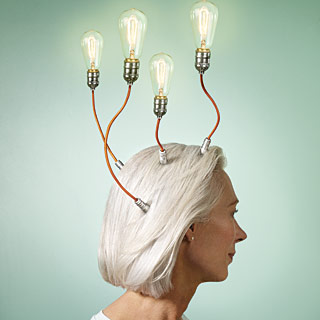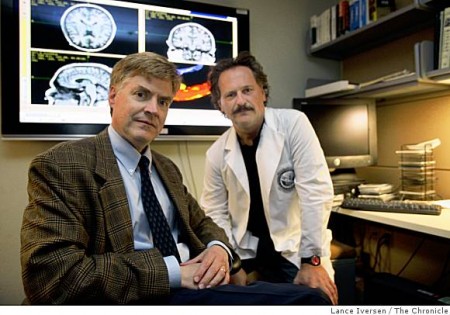DARPA working on brain implants to re-store, erase and implant memory.
– DARPA working on brain implants to help restore memory (RT, May 2, 2014):
Memory loss could soon be a thing of the past. US military researchers say they’re developing a new brain implant that could restore mental faculties. This could bring a new lease of life to millions around the world, but raises ethical concerns.
The project is being developed by the Defense Advanced Research Agency (DARPA), and could help soldiers who have suffered brain injuries during service, or millions of sufferers of Alzheimer’s disease. The program is expected to take around four years to complete and is part of a $100 million program by US President Barak Obama to gain a better understanding of the human brain, according to AFP.
“If you have been injured in the line of duty and you can’t remember your family, we want to be able to restore those kinds of functions,” DARPA program manager Justin Sanchez said this week at a conference in Washington DC, convened by the Center for Brain Health at the University of Texas.
Read moreDARPA Working On Brain Implants To Help ‘Restore’ Memory



